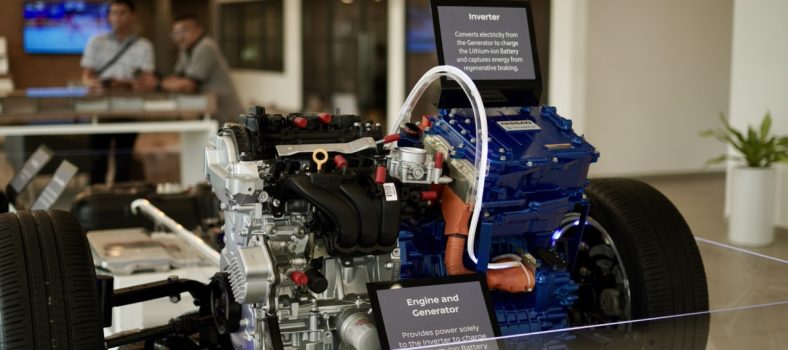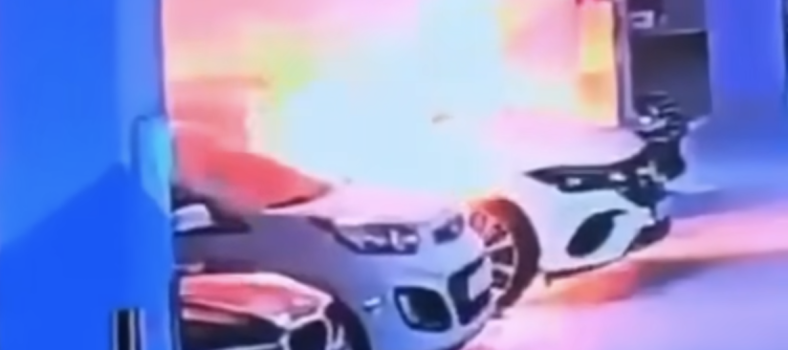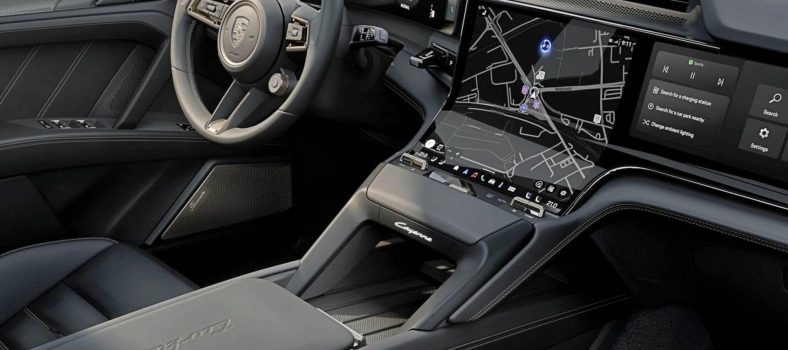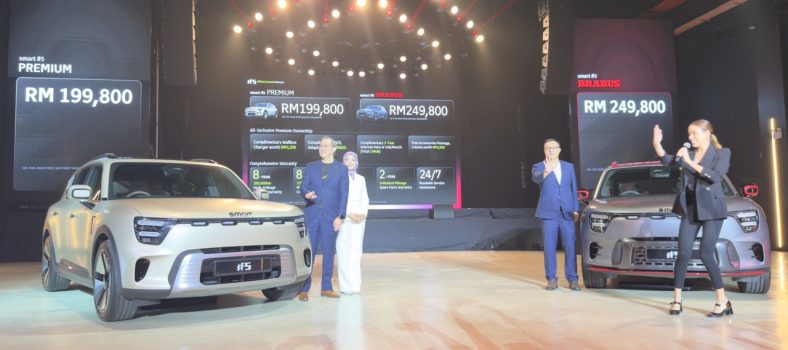Lexus Mempersembahkan DIRECT4: Sistem Kawalan PACUAN Elektrik Baharu
Dengan berlalunya setiap bulan, syarikat-syarikat kereta mengambil langkah-langkah yang lebih drastik ke arah elektrik. Syarikat kereta ini telah wujud selama beberapa dekad dan bergantung pada jaringan bekalan yang kompleks memandangkan berapa banyak bahagian yang masuk ke dalam satu model, dan memandangkan berapa banyak model yang ada. Menukar dari petrol ke elektrik semalaman bukanlah sesuatu yang dapat mereka lakukan secara realistik. Tetapi perubahan akan datang, dan minggu ini Lexus menunjukkan langkah seterusnya menuju elektrik – DIRECT4.

DIRECT4 adalah sistem kawalan pacuan elektrik baharu yang direka untuk Lexus BEVs dan Hybrid generasi seterusnya. DIRECT4 membolehkan penghantaran tork tepat dari motor elektrik depan dan belakang dan daya brek ke semua 4 roda. Inti keseluruhannya adalah untuk memberi kereta Lexus elektrik masa depan rasa pemanduan yang lebih intuitif.

DIRECT4 akan membolehkan Lexus mengembangkan nuansa pacuan tanda tangan mereka, yang membolehkan kenderaan elektrik mereka meniru RWD atau AWD, bergantung pada apa yang diinginkan.

Daripada kami menerangkannya, lebih baik anda tonton video di bawah ini (terus ke 4m50s).
Tetapi jika anda benar-benar mahukan maklumat yang lebih terperinci, lihat siaran media dari Lexus di bawah:
SIARAN MEDIA
Last year as part of its new global electrification strategy, Lexus debuted the futuristic LF-30 concept car at the Tokyo Motor Show, which thrilled attendees with its visionary design and imaginative technologies. The new strategy, called ‘Lexus Electrified’, targets a fundamental leap in vehicle performance, handling, control and driver enjoyment.
Today, Lexus reveals a core Lexus Electrified technology supporting this vision: DIRECT4, a new electric drive control system designed for its next generation of battery electric and hybrid electric vehicles.
DIRECT4 precisely controls the delivery of drive torque from front and rear electric motors and braking force to all four wheels. By automatically adjusting the balance of front and rear-wheel drive, the system adapts the driving conditions to the driver’s intentions, changing the driving feel and giving the car the best driving posture. The system uses a front and rear e-axle, each featuring a high-torque electric motor and transaxle, focusing on optimum drive force distribution. As the motor is directly connected to the wheels by a single driveshaft, it operates without delay.
Its operation is intuitive and highly responsive, giving the driver a genuine sense of being fully connected with the vehicle. Moreover, it provides an ideal balance of predictability and excitement, with powerful, linear acceleration and exhilarating cornering.
At the same time, the system is engineered for quietness and comfort, true to Lexus’ DNA.
The new technology is introduced by Takashi Watanabe, Lexus Electrified Chief Engineer, in a short film interview. The film includes a practical demonstration of the benefits of DIRECT4 with track drives by prototype vehicles.
Watanabe explains that one of the key aims of the Lexus Electrified vision is to utilise new electric technologies to enhance the driving qualities that human senses react to.
In developing DIRECT4, Lexus has been able to draw on its unmatched experience in electrified vehicle technologies. This expertise supports the development of ‘Lexus Driving Signature’, a unique standard that will define the dynamic performance of Lexus’ next-generation vehicles. Lexus Driving Signature aims to provide drivers with a natural driving feel, a sense of unity with their vehicle, and the true comfort that comes from confidence, in a thoughtfully designed vehicle with the right balance of excitement and predictability.
The new film also provides a glimpse of Lexus’ future design thinking, revealing sketches and images of a new concept car to be revealed in the first quarter of 2021.
Chief Designer Koichi Suga explains how electrification technologies will impact on vehicle design as well as performance, for example with no requirement to provide front cooling for an engine and radiator. This will present exciting new opportunities to express technological advances in the car’s three-dimensional form.






No Comment